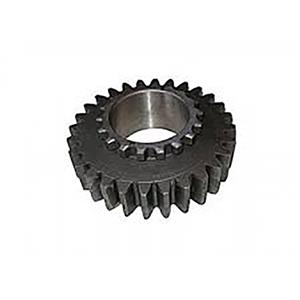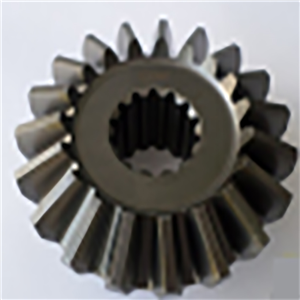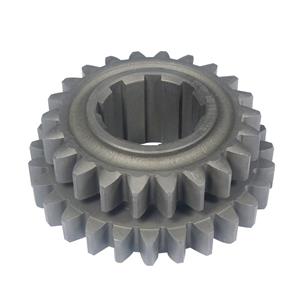Advantages and disadvantages of automotive spur gears
You probably already know they make a gear, but what are the pros and cons of spur gears? Usually only used in racing applications, spur gears are an interesting alternative to traditional gearbox setups. Known for its unique scream and inherent lack of usability, this is a gear box setup most of us will never touch.
what are these?
The name really says it all. The actual gears of the gears point directly at the center of the gears, rather than forming a spiral like the standard gears of almost every other road vehicle on the planet. They don't fit nicely around the center axis of the gear, but stick out; more like the sprockets on a motorcycle.
How do they work?
The main advantage of using spur gears is that they do not generate axial loads. This "thrust" is caused by the sliding contact between the helical gear teeth. This lateral force acts on the input shaft of the gearbox in a front-wheel drive configuration, which is then converted into a propshaft. This greatly limits the torque applied through the gear before other components fail. Thus, spur gears effectively allow a larger powertrain to be placed in the vehicle without the risk of tearing the output shaft and other bearings themselves, thus creating a greater safety factor in the transmission itself.
Are there other advantages and disadvantages?
Spur gears are more efficient than helical gear systems. The axial load created by the helical gears only reduces the output energy of the transmission and the increase in friction, resulting in heat loss. Due to their simple construction, spur gears are easier to assemble and produce fewer catastrophic failures. Heavy-duty transmission housings and shafts must be used with helical gears to handle the additional axial loads, so spur gears save weight, which is important in motor motion setups.




